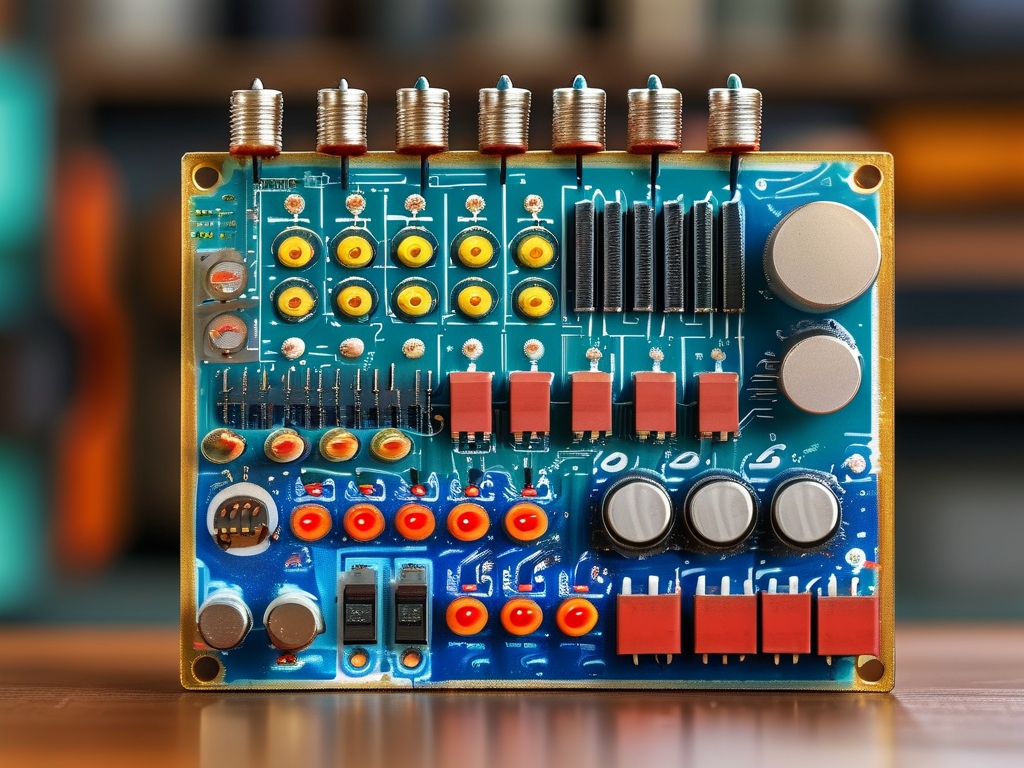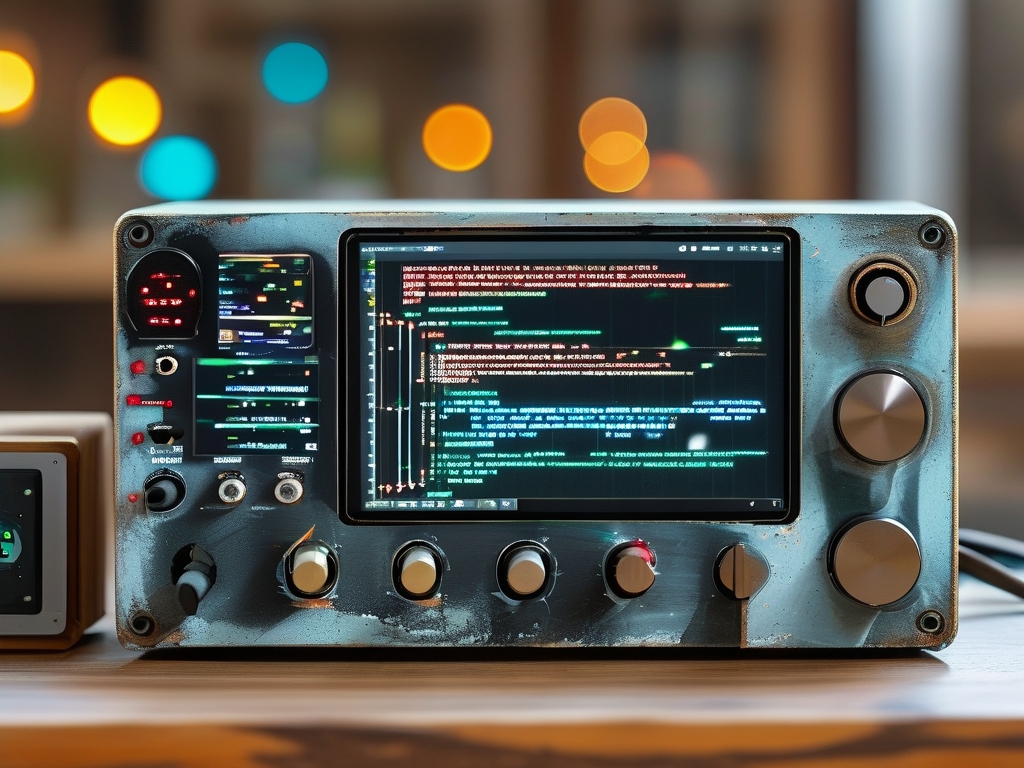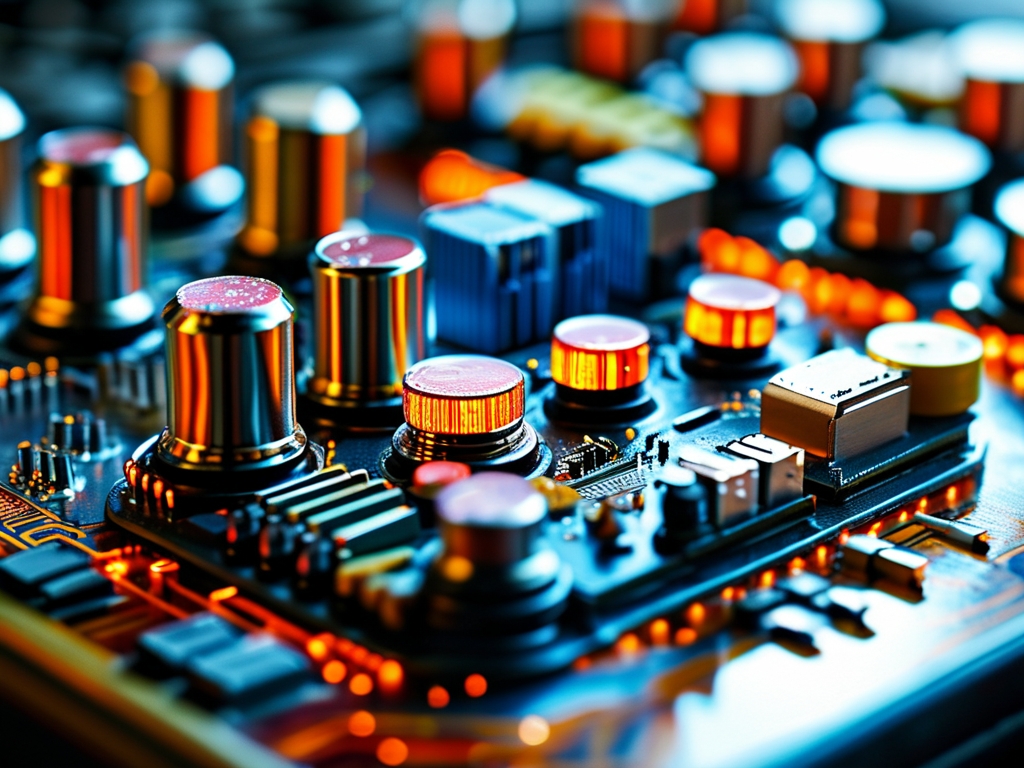Embedded systems form the backbone of modern electronics, powering everything from IoT devices to industrial automation. At the heart of these systems lie passive components like resistors and capacitors, which play indispensable roles in circuit functionality, signal integrity, and power management. This article explores their significance, design considerations, and practical applications in embedded development.
1. Fundamental Roles of Resistors
Resistors are the workhorses of electronic circuits. In embedded systems, they serve three primary purposes:
a. Current Limiting and Voltage Division Resistors control current flow to protect sensitive components like microcontrollers (MCUs) and sensors. For example, an LED connected directly to a 5V supply would draw excessive current and burn out. A current-limiting resistor (e.g., 220Ω) ensures safe operation. Similarly, voltage dividers-constructed using two resistors-scale down voltages for analog-to-digital converters (ADCs) or sensor interfaces.
b. Pull-Up/Pull-Down Configuration Digital communication protocols like I2C and SPI rely on pull-up resistors to stabilize signal lines. Without them, floating pins could cause erratic behavior. A 4.7kΩ resistor is commonly used to pull SDA and SCL lines to VCC in I2C networks.
c. Impedance Matching High-frequency embedded systems, such as RF modules, require precise impedance matching to minimize signal reflections. Resistors in these scenarios ensure optimal power transfer between components.
2. Capacitors: The Silent Stabilizers
Capacitors are equally critical, addressing challenges related to noise, timing, and energy storage:
a. Decoupling and Bypassing Embedded systems demand stable power supplies. Decoupling capacitors (typically 0.1μF ceramic) placed near MCU power pins absorb high-frequency noise, while bulk capacitors (e.g., 10μF electrolytic) handle low-frequency fluctuations. Without these, voltage dips during sudden current draws could reset the microcontroller.
b. Timing and Filtering RC (resistor-capacitor) networks define time constants in oscillator circuits, pulse generators, and analog filters. For instance, a 555 timer IC uses an external capacitor and resistor to set oscillation frequency. Low-pass filters combining resistors and capacitors also suppress high-frequency interference in sensor signals.
c. Energy Buffering In battery-powered embedded devices, capacitors act as temporary energy reservoirs. Supercapacitors, with capacities up to several farads, enable rapid energy discharge for wireless transmission bursts or emergency data saves during power loss.

3. Component Selection Challenges
Choosing the right resistor or capacitor involves trade-offs:
- Tolerance and Stability: Precision resistors (1% tolerance) are essential for ADC reference circuits, while general-purpose resistors (5%) suffice for pull-up duties. Capacitors exhibit voltage-dependent capacitance shifts; X7R ceramics offer better stability than Y5V types.
- Temperature Coefficients: Embedded systems operating in extreme environments (e.g., automotive or aerospace) require components with low temperature coefficients.
- Size Constraints: Miniaturized IoT devices demand surface-mount (SMD) components. A 0402-sized resistor (1.0mm × 0.5mm) saves space but complicates manual prototyping.
4. Common Pitfalls in Embedded Design
Even seasoned engineers encounter resistor/capacitor-related issues:
- Inadequate Decoupling: Insufficient or misplaced decoupling capacitors cause MCU resets. A rule of thumb: one 0.1μF capacitor per power pin, plus bulk capacitors for each voltage rail.
- Parasitic Effects: Long PCB traces introduce parasitic inductance, undermining high-frequency decoupling. Placing capacitors close to ICs mitigates this.
- Dielectric Absorption: In precision analog circuits, capacitors with high dielectric absorption (e.g., electrolytics) can retain charge, distorting measurements. Polypropylene or C0G ceramics are preferred.
5. Case Study: Designing a Low-Power Sensor Node
Consider a solar-powered environmental sensor:
- A 10MΩ resistor minimizes leakage current in a moisture sensor's voltage divider.
- A 100μF tantalum capacitor buffers energy during cloudy periods.
- A 1μF ceramic capacitor decouples the LoRa module's RF transmitter.
6. Future Trends
As embedded systems evolve, so do passive components:
- High-Frequency Materials: Capacitors with NP0/C0G dielectrics support 5G and millimeter-wave applications.
- Integration: Resistor-capacitor networks in single packages (e.g., RC arrays) simplify PCB layouts.
- Smart Components: Embedded ML algorithms now monitor capacitor health, predicting failures via ESR (equivalent series resistance) changes.
Resistors and capacitors may lack the glamour of microprocessors, but their proper use defines the reliability and efficiency of embedded systems. By mastering their characteristics and interdependencies, developers can avoid costly redesigns and deliver robust solutions. Whether optimizing a wearable device or an industrial controller, these components remain foundational to embedded innovation.





